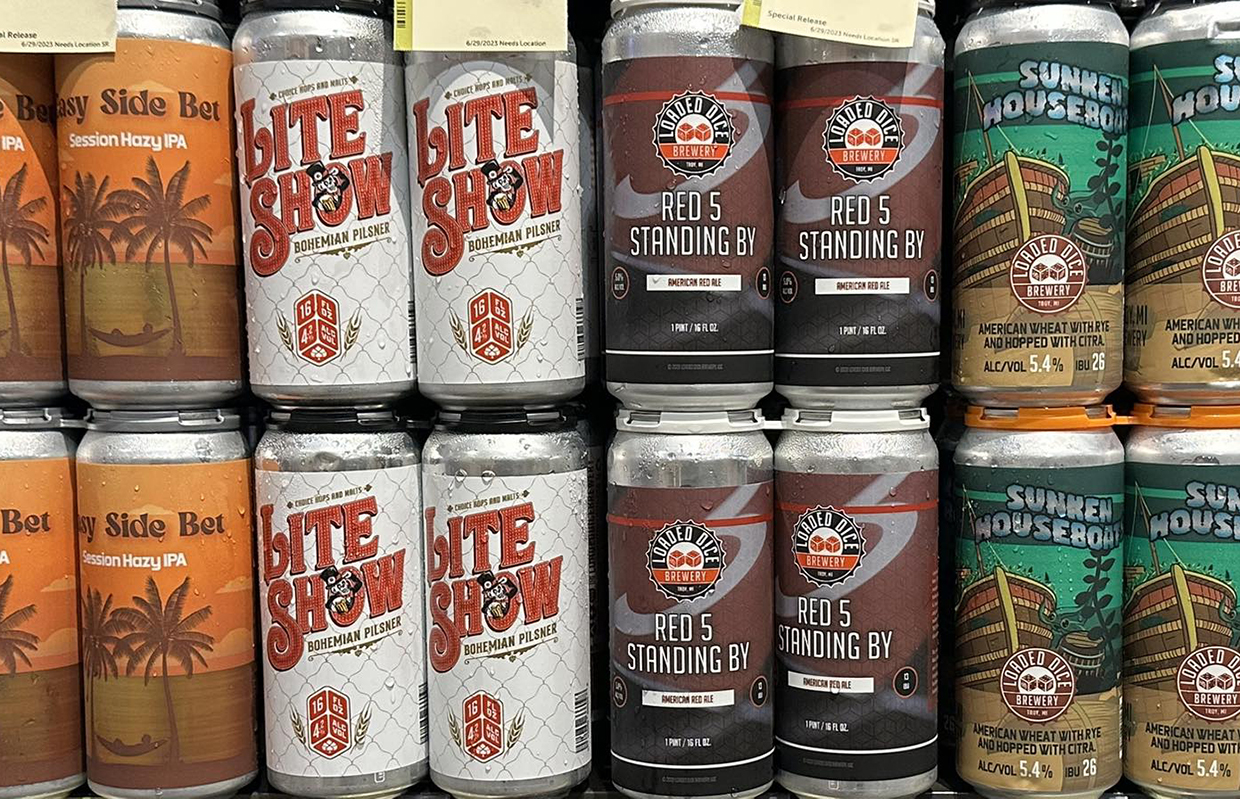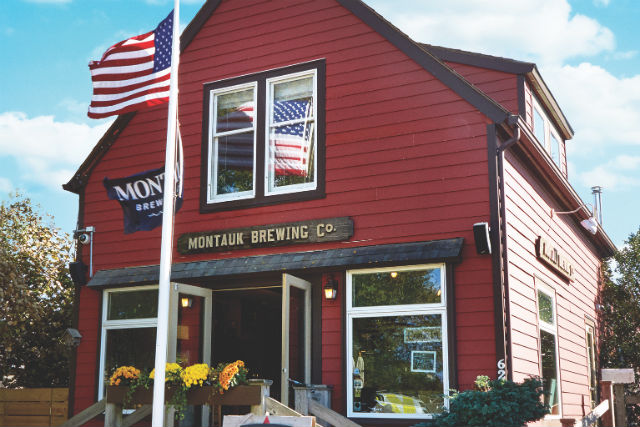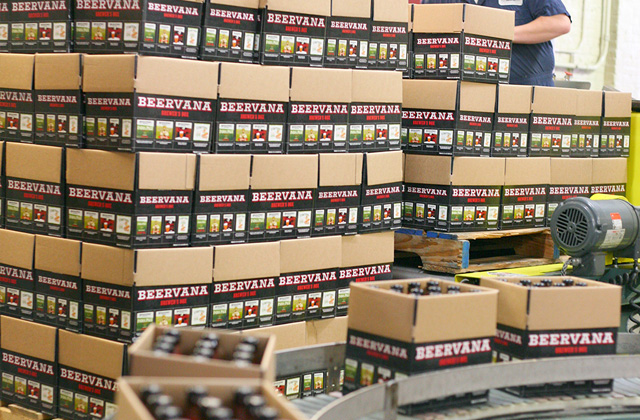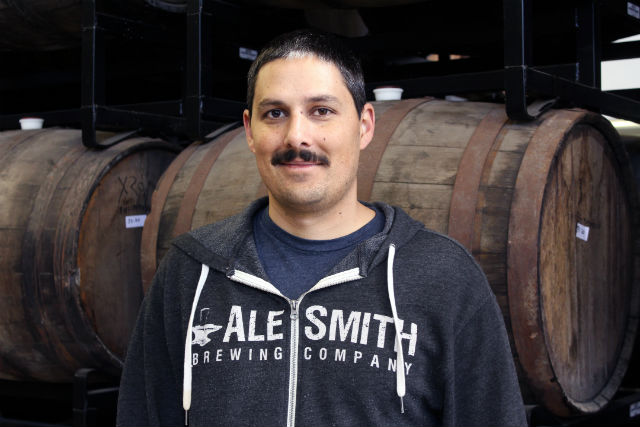
Creating a self-distribution plan early on for your brewery can become a big benefit toward creating a profitable business idea. Understanding the pitfalls before beginning can also help shape a better strategy.
Breweries from across Michigan shared the lessons they have learned from being self-distributed during the annual Michigan Brewers Guild meetings in Kalamazoo in January.
Here are a few things that were discussed and came across as important ideas to keep an eye on during a self-distro journey.
Update the Contact List
Buyers for places change rapidly, pointed out Loaded Dice Brewery’s Jef Smith. Smith pointed out that one major on-premise account that the Troy, Michigan brewery was able to get into has had four different beer buyers in a year.
“They just keep changing, whether it’s through attrition or moving on to different roles,” he said. “But to keep that contact list up to date is sometimes difficult.”
That means constant communication with the account and checking in on a set schedule could help to ensure your brand is staying in the buyer’s mind.
Pay Attention to Quality
Your brewery may make great beer, but that doesn’t mean your beer will shine if a beer buyer isn’t keeping up their side of quality service.
“Just because a business or restaurant has a tap there doesn’t mean it’s the right spot for your beer,” noted Jeff Knoblock of Trail Point Brewing. ”They have to have just as much respect for their equipment, as you do at your house.
“I’ve been in too many places where they don’t clean their lines, or they don’t take care of their system and it shows in the beer. And it’s just it’s a bad image for you instantly, and you have no control.”
Knoblock said sending a secret shopper out to the account to see what their sales team does and how trained they are.
“I think that’s even gotten worse, obviously, with labor shortages out there with serving staff and just the education of beer alone,” Knoblock said. “So that’s been a big lesson. But you also have to move a step forward without ticking somebody off and talk to him about that.
“Whether it’s their lines, or how can they make your beer better. So educate the buyer as well. And help better them and your product. That goes a long way if you can help out one of your customers that you’re at.”
Self-Distro Teaches What Wholesale Gives
Although it can be nice to have that extra cash per case sold for your brewery, sometimes going through the process of doing your own work helps you understand why it can be helpful to have a second-tier wholesaler distribute your product as well.
Many breweries have started with self-distribution and followed up by switching to finding a wholesale partner to shoulder the load.
Shawn Smally at Big Buck explained that the Gaylord, Michigan brewery has a hybrid model now where locally they do self-distro but have expanded farther out by working with wholesalers.
“When we first started doing self-distribution, there was a couple of distributors would come in and they encouraged us and said, go ahead and do self-distribution,” he recalled. “Because then you’ll learn that the 25-30 points that they’re going to add, you’re going to appreciate that.
“As we went forward, I learned how hard it was. You look at the distributors’ percentage and think, I can do a lot cheaper than that. Well, by the time you take your time or you don’t have the right person to talk to … so you are calling on different people, you’re out there trying to figure that out. So that was hard. Probably the biggest lesson I learned is that by self-distributing, I learned to know the value of the distributor, even though I’m still kind of a hybrid.”
Photo courtesy Loaded Dice Brewery






Be the first to comment